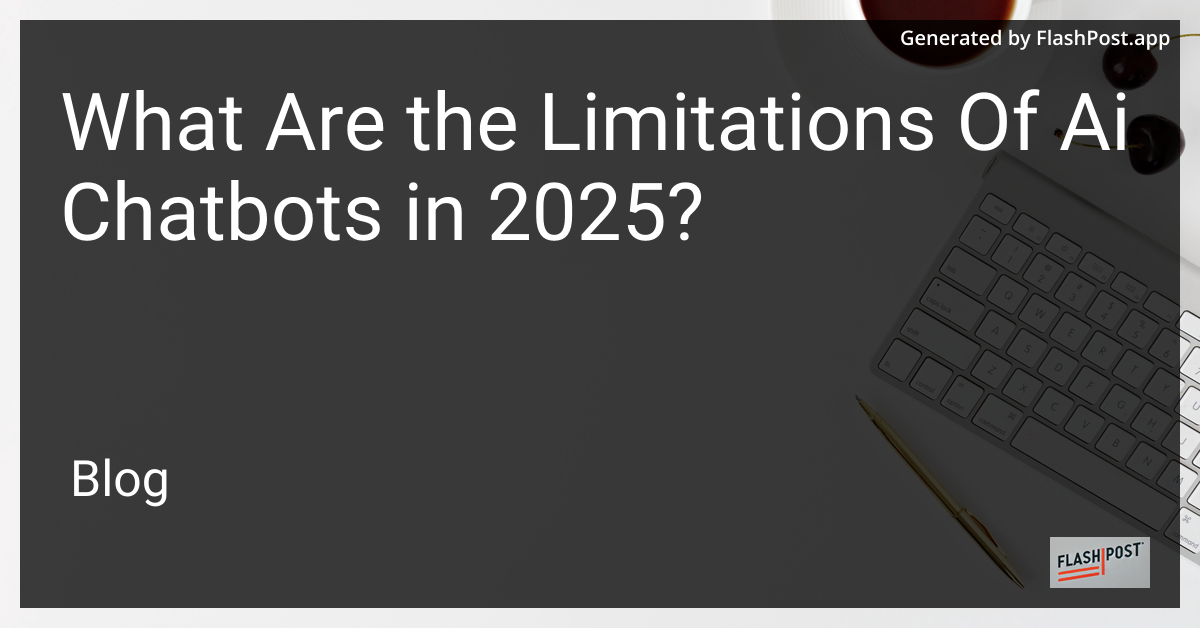
AI chatbots have come a long way, transforming how businesses and consumers interact. While advancements in machine learning and natural language processing have considerably improved their capabilities, AI chatbots in 2025 still face several limitations. These challenges remain a critical area for development as technology aims to create more seamless and human-like interactions.
Despite improvements, AI chatbots continue to struggle with understanding and appropriately responding to human emotions. The nuanced way in which humans express feelings in conversation remains largely out of reach for many chatbots, which can lead to misinterpretations and unsatisfactory user experiences.
AI chatbots often fall short when it comes to handling complex queries. While simple questions and linear conversations can be efficiently managed, chatbots may become confused or provide irrelevant answers when faced with multi-layered inquiries.
Maintaining context in a conversation is still a significant limitation for many AI chatbots. They can lose context if the conversation becomes extended or if users switch topics frequently, leading to disjointed and frustrating interactions.
Though AI chatbots support numerous languages, they might not be equally proficient across all. Dialects, slang, and region-specific terminology present additional obstacles that can hinder effective communication.
In conclusion, while top chatbot platforms 2025 have made promising advancements, the journey is ongoing. Addressing the AI chatbot solutions being fine-tuned for the future will be crucial in overcoming these limitations. For those interested in nurturing the growth of chatbots, learning how to create chatbot technology tailored to contemporary needs is essential.